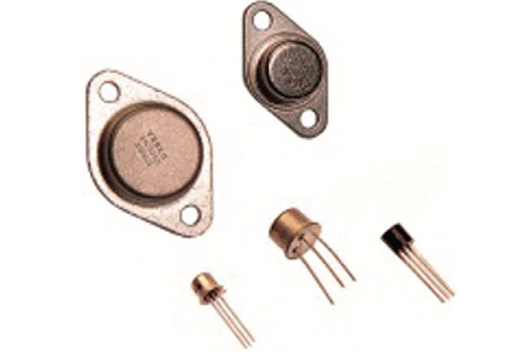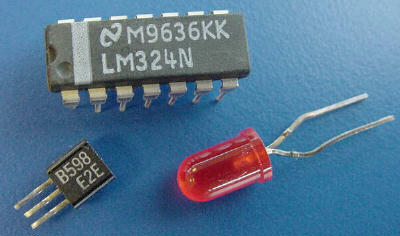Semiconductor transistors are one of the most important inventions in the history of electronics. They are widely used in digital circuits, analog circuits, and power electronics. In this blog, we will take a closer look at semiconductor transistors, how they work, their types, and their applications.
What is a Semiconductor Transistor? A transistor is a three-terminal device that can amplify or switch electronic signals. It is made of a semiconductor material, such as silicon or germanium. The three terminals are called the emitter, the base, and the collector. The base is the controlling terminal, while the emitter and collector are the input and output terminals, respectively.
How does it work? The operation of a transistor is based on the control of the flow of electrons or holes through the semiconductor material. In the case of a bipolar junction transistor (BJT), the emitter is heavily doped with impurities to create a large number of charge carriers. The base is lightly doped and very thin, which allows a small current to control the flow of charge carriers from the emitter to the collector. By controlling the amount of current flowing through the base, the transistor can amplify or switch electronic signals.
In the case of a field-effect transistor (FET), the control of the flow of charge carriers is achieved by the application of an electric field. The FET has a gate terminal that is separated from the semiconductor material by a thin insulating layer. When a voltage is applied to the gate terminal, it creates an electric field that controls the flow of charge carriers between the source and drain terminals.
Types of Transistors There are two main types of transistors: bipolar junction transistors (BJTs) and field-effect transistors (FETs).
BJTs come in two types: NPN and PNP. In an NPN transistor, the emitter is made of n-type material, the base is made of p-type material, and the collector is made of n-type material. In a PNP transistor, the emitter is made of p-type material, the base is made of n-type material, and the collector is made of p-type material.
FETs come in two types: MOSFET and JFET. MOSFETs have a metal gate, while JFETs have a junction gate.
Applications of Transistors Transistors are used in a wide range of electronic applications, including:
- Digital circuits: Transistors are used to build logic gates and flip-flops, which form the building blocks of digital circuits.
- Analog circuits: Transistors are used to build amplifiers, filters, and oscillators, which are essential components of analog circuits.
- Power electronics: Transistors are used to control the flow of power in high-voltage and high-current applications, such as motor control, power supplies, and inverters.
- Radio frequency (RF) circuits: Transistors are used to build RF amplifiers, mixers, and oscillators, which are used in wireless communication systems.
In conclusion, semiconductor transistors are essential components of modern electronics. They allow us to amplify and switch electronic signals, and they are used in a wide range of electronic applications. By understanding how transistors work, we can design and build electronic circuits that are more efficient, more reliable, and more sophisticated.

As mentioned earlier, transistors are made of semiconductor materials, typically silicon or germanium. These materials are chosen because they can be easily doped with impurities to create regions of n-type or p-type conductivity. In an n-type material, there are excess electrons, while in a p-type material, there are excess holes.
The most common type of transistor is the bipolar junction transistor (BJT). As its name suggests, the BJT has two junctions: the emitter-base junction and the collector-base junction. The emitter is heavily doped with impurities to create a large number of charge carriers, while the base is lightly doped and very thin. The collector is also lightly doped, but it is much thicker than the base.
When a voltage is applied between the emitter and the base, it creates a forward-biased junction. This allows a large number of electrons to flow from the emitter to the base, creating a flow of current. However, this current is not enough to cause the transistor to conduct fully. To do that, a second voltage is applied between the collector and the base, creating a reverse-biased junction. This causes the electrons in the base region to be attracted to the collector, where they can flow out of the transistor. By controlling the amount of current flowing through the base, we can control the amount of current flowing between the emitter and the collector. This is known as current amplification.
The field-effect transistor (FET) works differently than the BJT. The FET has a gate terminal that is separated from the semiconductor material by a thin insulating layer. When a voltage is applied to the gate, it creates an electric field that controls the flow of charge carriers between the source and drain terminals. The most common type of FET is the metal-oxide-semiconductor FET (MOSFET), which has a metal gate separated from the semiconductor transistors.









